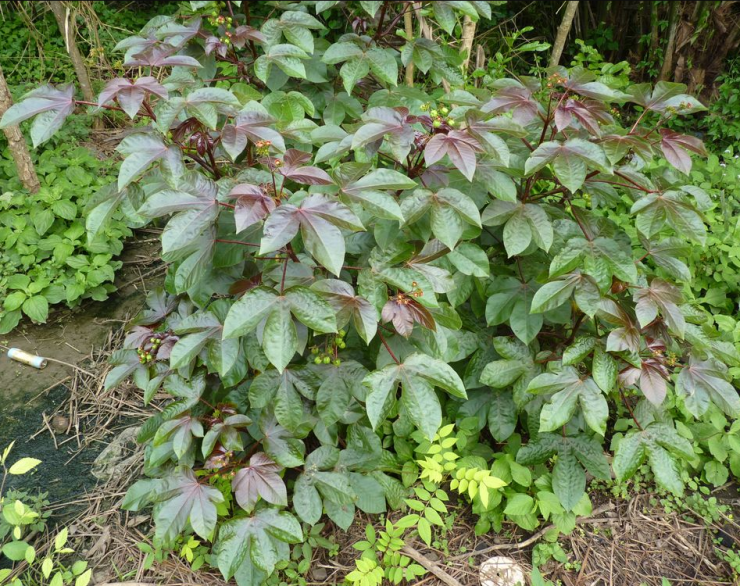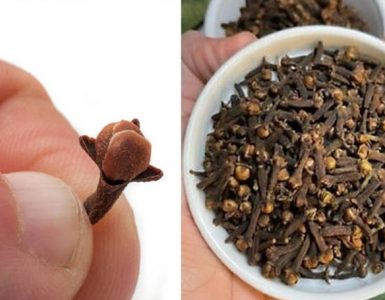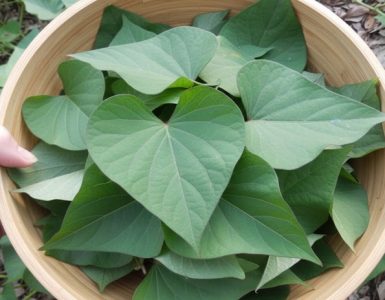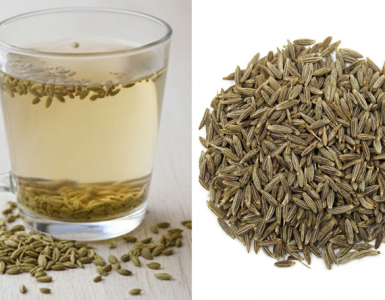Jatropha gossypifolia, commonly known as bellyache bush, cotton-leaf physic nut, or wild physic nut, is a perennial shrub that belongs to the Euphorbiaceae family. Native to tropical regions of the Americas, this plant is now found in various parts of the world, particularly in tropical and subtropical regions. While its striking appearance makes it an attractive addition to gardens, it is also recognized for its medicinal properties and, unfortunately, its toxicity.
Botanical Overview
Scientific Name: Jatropha gossypifolia
Common Names: Bellyache bush, cotton-leaf physic nut, wild physic nut, black physic nut.
Family: Euphorbiaceae
Native Range: Tropical Americas
Habitat: Grows in dry, sandy soils, wastelands, and disturbed areas; commonly found along roadsides and open woodlands.
Physical Description
Height: Typically grows between 1 and 2 meters tall.
Leaves: Broad, deeply lobed, dark green to purplish, with a distinctive cotton-like appearance.
Flowers: Small, deep red to purple, and borne in clusters at the end of branches. Male and female flowers are usually present on the same plant.
Fruits: Small, green to purplish capsules that split open to release seeds.
Sap: Contains a sticky, milky latex.
Uses of Jatropha gossypifolia
- Traditional Medicine
Jatropha gossypifolia has been widely used in traditional medicine for its purported therapeutic properties. The plant parts (leaves, roots, seeds, and sap) are utilized to treat a range of ailments:
Skin Conditions: The latex is applied to wounds, cuts, and insect bites to promote healing.
Anti-Inflammatory: The leaves are used as poultices to reduce swelling and treat arthritis and joint pain.
Digestive Issues: Decoctions from the leaves or roots are used to relieve stomach aches, diarrhea, and dysentery.
Fever and Malaria: Infusions from the plant are used to lower fever and combat malaria symptoms.
Laxative: Seeds and sap are known for their strong purgative (laxative) effects, although this use requires caution due to toxicity.
- Ornamental Plant
The plant’s unique foliage and vibrant flowers make it popular in gardens and landscaping in tropical regions. - Biofuel
The seeds contain oil that can be extracted and used as biofuel, similar to other Jatropha species.
Potential Benefits
Antimicrobial Properties: Extracts from Jatropha gossypifolia exhibit antibacterial, antifungal, and antiviral activity, making it a valuable natural remedy for infections.
Pain Relief: The plant is known for its analgesic properties, often used in treating localized pain.
Antioxidant Activity: Rich in bioactive compounds, the plant has potential antioxidant effects that may protect against oxidative stress.
Toxicity of Jatropha gossypifolia
Despite its medicinal uses, Jatropha gossypifolia is highly toxic, particularly its seeds and sap. The plant contains compounds such as:
Phorbol Esters: Potent irritants and carcinogens.
Curcin: A toxic protein that can cause severe gastrointestinal issues.
Latex: The sticky sap can irritate the skin and mucous membranes.
Symptoms of Poisoning:
Nausea, vomiting, and diarrhea (if ingested).
Severe abdominal pain.
Skin irritation or dermatitis (on contact with sap).
In rare cases, ingestion can lead to more severe outcomes, including death.
Precaution: Always handle the plant with care, and avoid ingesting any part of it unless prepared under the guidance of a qualified herbalist or healthcare professional.
Ecological Impact
Invasiveness:
Jatropha gossypifolia is considered invasive in some regions, where it outcompetes native vegetation and disrupts ecosystems.
It is a fast-growing plant that thrives in poor soils and spreads aggressively.
Erosion Control:
The plant’s robust root system makes it effective for controlling soil erosion in arid regions.
How to Grow and Care for Jatropha gossypifolia
Climate: Prefers warm, tropical, or subtropical climates. It cannot tolerate frost.
Soil: Thrives in well-drained, sandy, or loamy soils but is highly adaptable to poor soils.
Sunlight: Requires full sun to partial shade for optimal growth.
Watering: Drought-tolerant but benefits from regular watering during dry periods.
Propagation: Can be propagated through seeds or cuttings.
Pruning: Prune regularly to control growth and shape the plant.
Environmental and Safety Concerns
Invasiveness: Invasive behavior in some regions makes its cultivation and spread a concern for local biodiversity.
Livestock Poisoning: The plant is highly toxic to livestock, and accidental consumption can lead to poisoning.
Handling Precautions: Always use gloves when handling the plant to avoid skin irritation.
Jatropha gossypifolia is a plant of contrasts. Its striking appearance and traditional medicinal uses make it valuable in many cultures, while its toxicity and invasive nature require careful management. If you choose to grow or use this plant, ensure that you handle it responsibly and with a full understanding of its properties. With proper care, Jatropha gossypifolia can be a beneficial addition to gardens, medicine, and sustainable practices.






Add comment